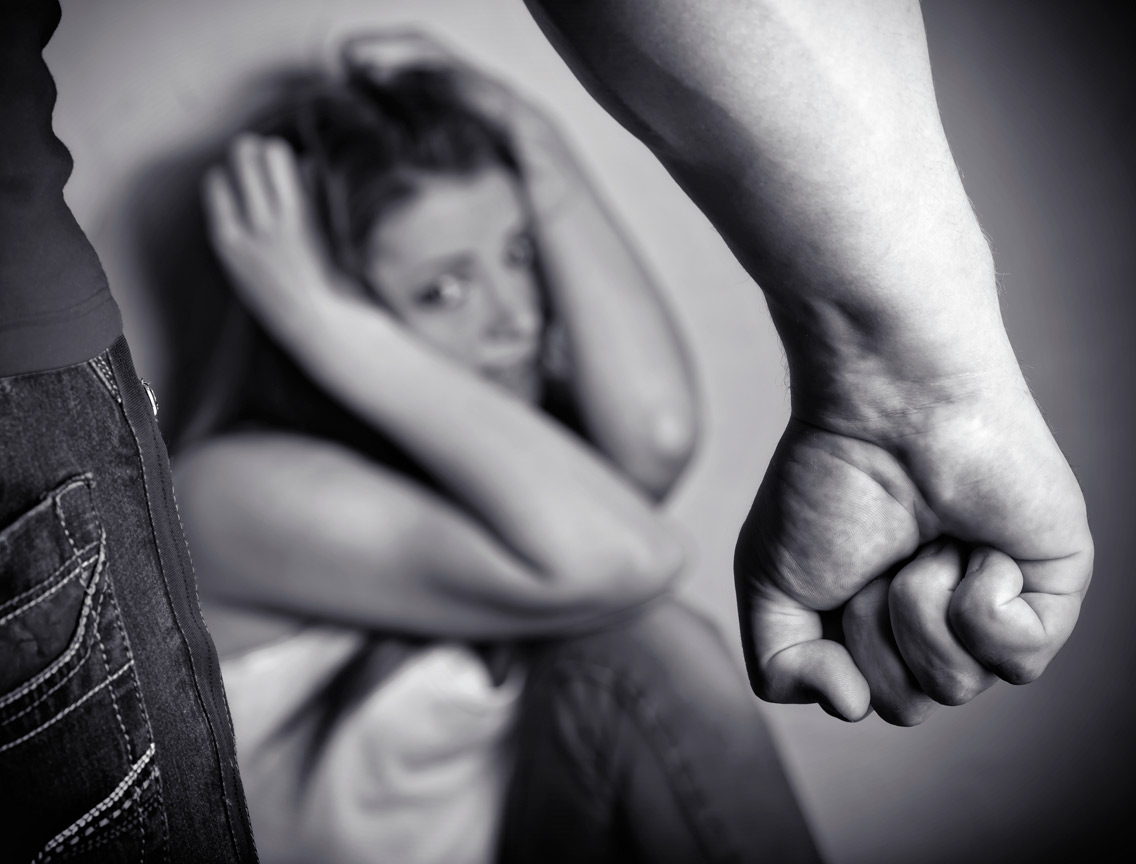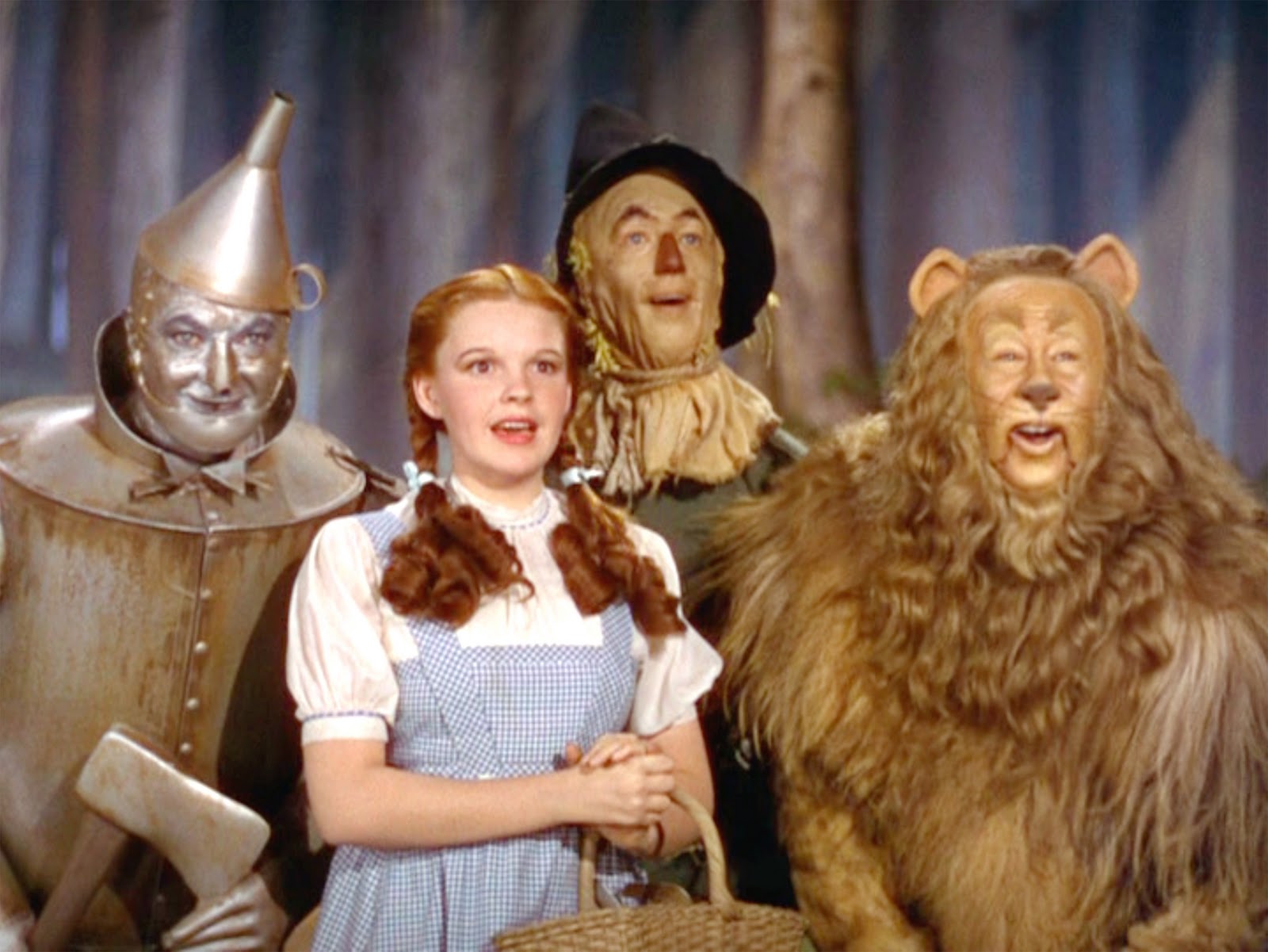Lighting
The intensity, direction, and quality of lighting have a profound
effect on the way an image is perceived. Light affects the way colors are rendered,
both in terms of hue and depth, and can focus attention on particular elements
of the composition. Much like movement in the cinema, the history of lighting
technology is initially linked to the history of film style. Most mainstream
films rely on the three point lighting style, and its genre variations. Other films, for example documentaries and
realist cinema, rely on natural light to create a sense of authenticity.
High Key:
High key lighting is a style of lighting that is bright or equally even in the concept and produces little contrast between light and dark areas of the scene having chiefly light tones. Usually with little tonal contrast having a predominance of light grey tones or light colours. It also refers to images that are mostly bright with a range of light tones and whites and not very many blacks or mid tones. In high-key photography, tones that generally would have been mid-range become much brighter, near-white tones become white and white becomes, well, white. This style of lighting was originally developed for films and television, back when the technology wasn’t very good at capturing high contrast ratios. Today high key is purely an artistic decision – photographers and filmmakers choose it when they want an image or story to be upbeat, optimistic or youthful.
Low Key:
Low key lighting is the complete opposite to High key lighting. The Low lighting is a style for photography, film and television. It is a necessary element in creating a chiaroscuro effect. Its is used optionally controlled with a fill light or a simple reflector. Also, Low key light accentuates the contours of an object by throwing areas
into shade while a fill light or reflector may illuminate the shadow
areas to control contrast. The term "low key" is used in cinematography
to refer to any scene with a high lighting ratio, especially if there
is a predominance of shadowy areas. It tends to heighten the sense of
alienation felt by the viewer, hence is commonly used in film noir and horror genres.
Differences between High and Low Key Lighting.
 |
|
High-key lighting focuses on light tones and whites; low-key lighting relies on shadows, deep blacks and darker tones, with very few whites and middle tones. The mood is opposite, too – while high-key lighting is hopeful and optimistic, low-key lighting is somber, mysterious and moody, dramatic or even ominous depending on the subject. High-key images are flatter with less contrast than an image that qualifies as mid-key, which is most of the images that photographers produce. Low key images, on the other hand, tend to have a lot of contrast, with the primary impact coming from the shadows. Both High Key images and Low Key images make an intensive use of
contrast, but in a very different way. When approaching a shoot of a
dramatic portrait, the decision of making it a High Key, Low Key has great impact about the mood that this picture
will convey. While High Key images are considered happy and will show
your subject as a tooth-paste poster; Low Key portraits are dramatic and
convey a lot of atmosphere and tension. Let’s explore those two
dramatic lighting alternatives.
In high-key photography, tones that generally would have been mid-range
become much brighter, near-white tones become white and white becomes,
well, whi - See more at:
http://www.digital-photo-secrets.com/tip/3558/using-lighting-style-to-create-mood-high-key-and-low-key-lighting/#sthash.XOlvBE11.dpuf
High-key
lighting simply refers to images that are mostly bright, with a range
of light tones and whites and not very many blacks or mid-tones. In
high-key photography, tones that generally would have been mid-range
become much brighter, near-white tones become white and white becomes,
well, white. This style of lighting was originally developed for films
and television, back when the technology wasn’t very good at capturing
high contrast ratios. Today high key is purely an artistic decision –
photographers and filmmakers choose it when they want an image or story
to be upbeat, optimistic or youthful. - See more at:
http://www.digital-photo-secrets.com/tip/3558/using-lighting-style-to-create-mood-high-key-and-low-key-lighting/#sthash.XOlvBE11.dpuf
High-key
lighting simply refers to images that are mostly bright, with a range
of light tones and whites and not very many blacks or mid-tones. In
high-key photography, tones that generally would have been mid-range
become much brighter, near-white tones become white and white becomes,
well, white. This style of lighting was originally developed for films
and television, back when the technology wasn’t very good at capturing
high contrast ratios. Today high key is purely an artistic decision –
photographers and filmmakers choose it when they want an image or story
to be upbeat, optimistic or youthful. - See more at:
http://www.digital-photo-secrets.com/tip/3558/using-lighting-style-to-create-mood-high-key-and-low-key-lighting/#sthash.XOlvBE11.dpuf
High-key
lighting simply refers to images that are mostly bright, with a range
of light tones and whites and not very many blacks or mid-tones. In
high-key photography, tones that generally would have been mid-range
become much brighter, near-white tones become white and white becomes,
well, white. This style of lighting was originally developed for films
and television, back when the technology wasn’t very good at capturing
high contrast ratios. Today high key is purely an artistic decision –
photographers and filmmakers choose it when they want an image or story
to be upbeat, optimistic or youthful. - See more at:
http://www.digital-photo-secrets.com/tip/3558/using-lighting-style-to-create-mood-high-key-and-low-key-lighting/#sthash.XOlvBE11.dpuf
High-key
lighting simply refers to images that are mostly bright, with a range
of light tones and whites and not very many blacks or mid-tones. In
high-key photography, tones that generally would have been mid-range
become much brighter, near-white tones become white and white becomes,
well, white. This style of lighting was originally developed for films
and television, back when the technology wasn’t very good at capturing
high contrast ratios. Today high key is purely an artistic decision –
photographers and filmmakers choose it when they want an image or story
to be upbeat, optimistic or youthful. - See more at:
http://www.digital-photo-secrets.com/tip/3558/using-lighting-style-to-create-mood-high-key-and-low-key-lighting/#sthash.XOlvBE11.dpufvvv
High-key
lighting simply refers to images that are mostly bright, with a range
of light tones and whites and not very many blacks or mid-tones. In
high-key photography, tones that generally would have been mid-range
become much brighter, near-white tones become white and white becomes,
well, white. This style of lighting was originally developed for films
and television, back when the technology wasn’t very good at capturing
high contrast ratios. Today high key is purely an artistic decision –
photographers and filmmakers choose it when they want an image or story
to be upbeat, optimistic or youthful. - See more at:
http://www.digital-photo-secrets.com/tip/3558/using-lighting-style-to-create-mood-high-key-and-low-key-lighting/#sthash.XOlvBE11.dpuf
High-key
lighting simply refers to images that are mostly bright, with a range
of light tones and whites and not very many blacks or mid-tones. In
high-key photography, tones that generally would have been mid-range
become much brighter, near-white tones become white and white becomes,
well, white. This style of lighting was originally developed for films
and television, back when the technology wasn’t very good at capturing
high contrast ratios. Today high key is purely an artistic decision –
photographers and filmmakers choose it when they want an image or story
to be upbeat, optimistic or youthful. - See more at:
http://www.digital-photo-secrets.com/tip/3558/using-lighting-style-to-create-mood-high-key-and-low-key-lighting/#sthash.XOlvBE11.dpuf











